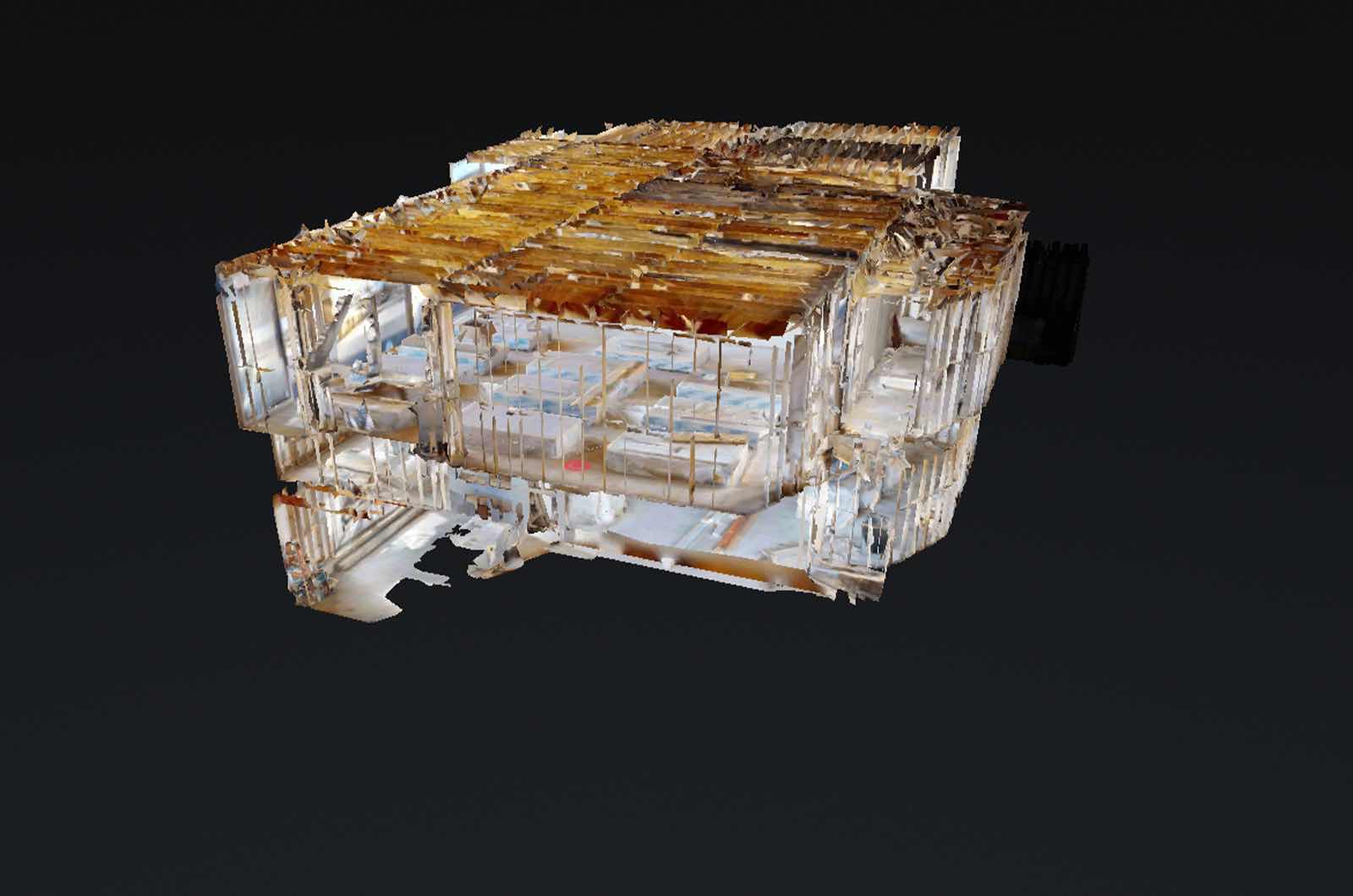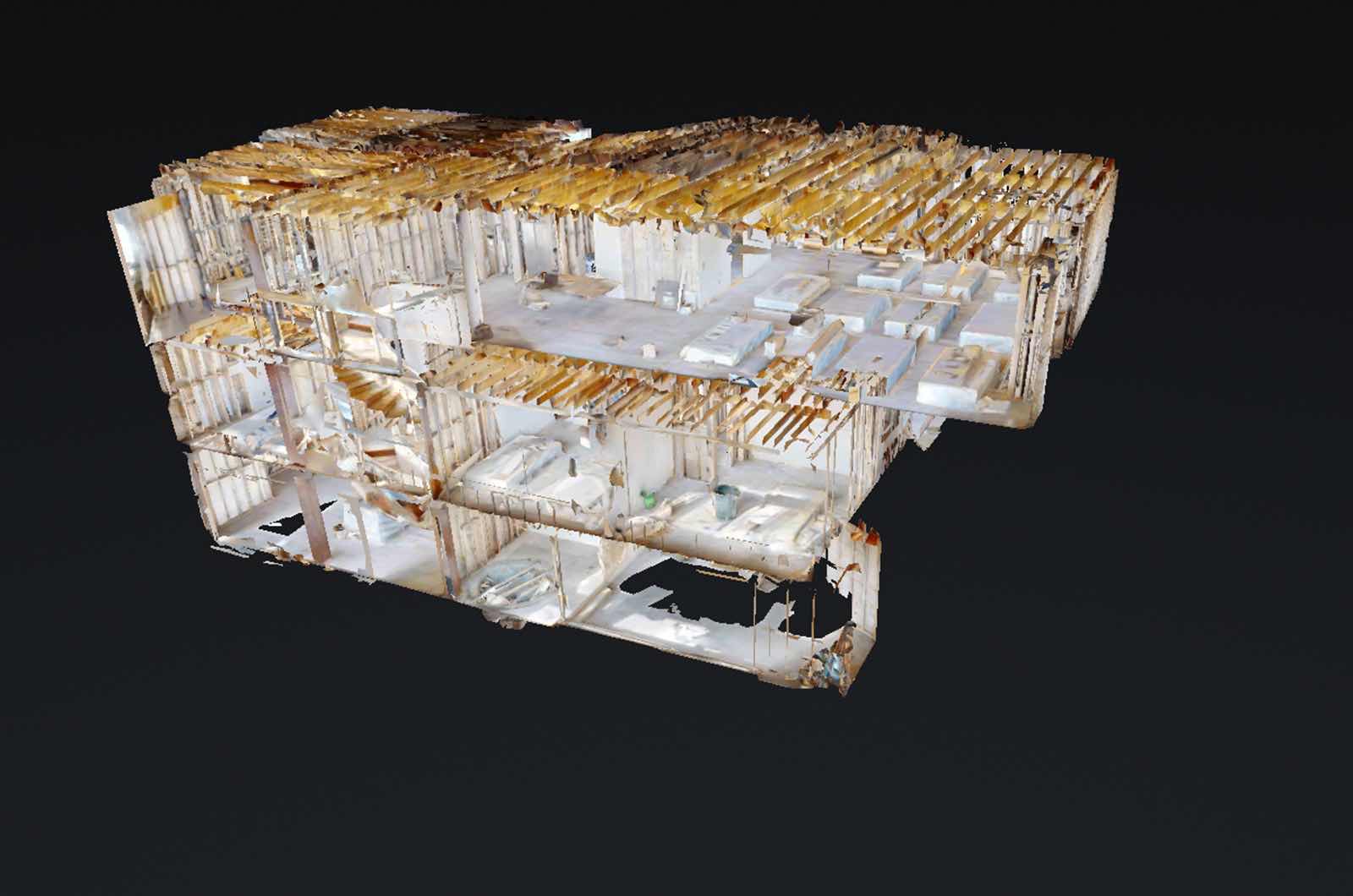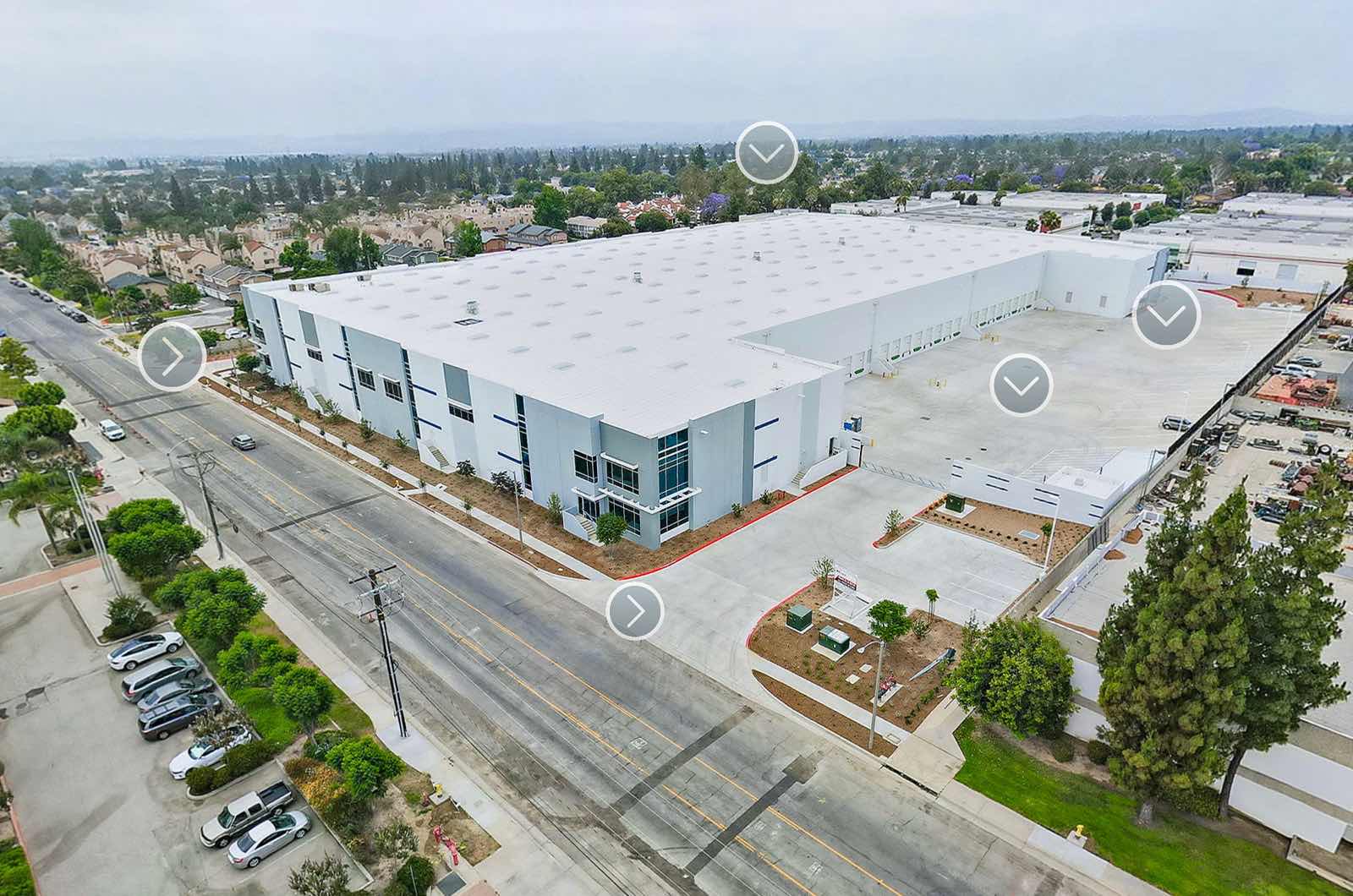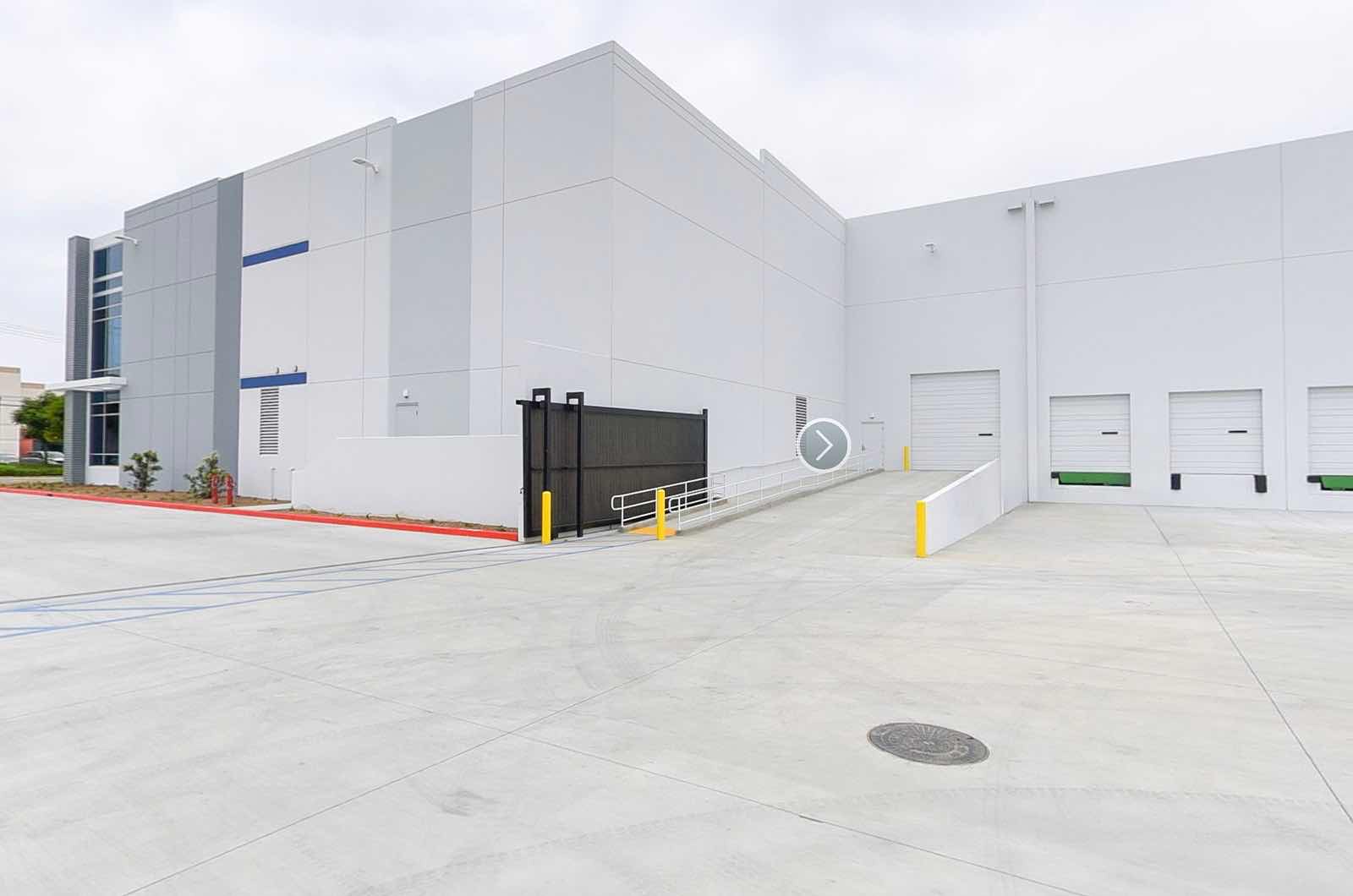In today’s fast-paced world, the hospitality industry is under constant pressure to deliver exceptional experiences to guests. One way that businesses can stand out from the competition and enhance the guest experience is by using interactive HDR 360 virtual tours. In this blog post, we’ll explore some new ways that hospitality businesses can use these tours to create unforgettable experiences for guests.
Firstly, interactive HDR 360 virtual tours allow guests to experience a property in a way that’s both immersive and interactive. This technology provides guests with a 360-degree view of the property, allowing them to explore rooms, amenities, and other features in stunning high-definition. The interactivity of the tour means that guests can choose where they want to go and what they want to see, creating a personalized experience that’s tailored to their interests.
But it’s not just about the guest experience. Interactive HDR 360 virtual tours can also help businesses increase revenue by showcasing their property in a visually stunning and engaging way. By using HDR photography, businesses can capture the property in a way that’s both realistic and beautiful, highlighting its best features and unique characteristics. This can be particularly important for businesses that are located in competitive markets, as it can help them stand out from the crowd.
Another benefit of interactive HDR 360 virtual tours is their ability to showcase the property’s accessibility features. For guests with mobility or other accessibility needs, virtual tours can provide valuable information about the property’s layout and accessibility features. This can help businesses attract a wider range of guests, including those who may have previously been unable to visit.
But it’s not just about showcasing the property itself. Interactive HDR 360 virtual tours can also be used to highlight events and other activities at the property. For example, a hotel could use a virtual tour to showcase a wedding venue, allowing potential clients to see the space and get a sense of what their special day could look like. Similarly, a resort could use a virtual tour to showcase their spa or golf course, allowing potential guests to see the space and get excited about their upcoming visit.
Furthermore, interactive HDR 360 virtual tours can also be used to create unique experiences for guests. For example, a hotel could create a virtual tour that takes guests on a journey through the property’s history, highlighting its unique features and key moments in its development. Similarly, a resort could create a virtual tour that takes guests on a journey through the local area, highlighting the best sights and experiences that the region has to offer.
In addition to enhancing the guest experience, interactive HDR 360 virtual tours can also improve business operations. By providing virtual tours of the property, businesses can reduce the number of in-person tours they need to conduct. This can save time and resources, allowing businesses to focus on other important tasks.
Finally, interactive HDR 360 virtual tours can also be used as a marketing tool. By embedding the virtual tour on their website and social media channels, businesses can attract a wider audience and generate more interest in their property. This can help businesses increase their bookings and revenue over time.
In conclusion, interactive HDR 360 virtual tours offer numerous benefits to the hospitality industry. By providing an immersive and interactive experience for guests, businesses can enhance the guest experience, increase revenue, and stand out from the competition. Additionally, virtual tours can be used to showcase accessibility features, highlight events and activities, create unique experiences, and improve business operations. If you’re in the hospitality industry and haven’t yet explored the use of interactive HDR 360 virtual tours, now is the time to do so.







